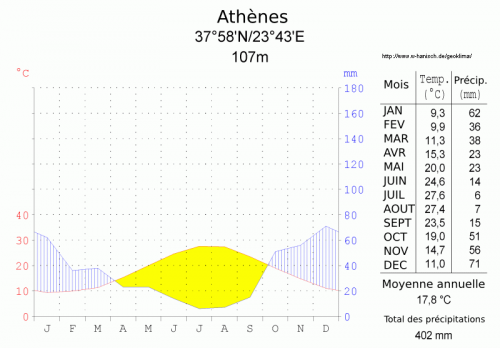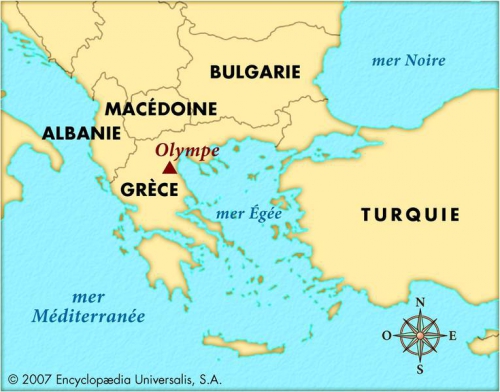3.4 Greece : a geographical introduction
Greece geography : an overview
I- Location
Greece is located in southern Europe, it has several frontier countries (1228 km of land borders) for example : Albania, Bulgaria and Turkey. Greece extends on more than 131 990 km².
Its capital is Athens, with 4 million inhabitants (nearly a third of Greece inhabitants).
Greece is divided into 13 regions, that are eastern and western Macedonia, Thrace, Central Macedonia, western Mecedonia, Epire, Thessaly, western Greece, Central Greece, Attic, Peloponese, southern Egea, northern Egea, Crete and the Ieonia Islands. Greece also consists of other islands, the ionian islands and the Aegean islands.
The islands cover 1/5 of the surface, the largest island is Crete.
http://mythologie--grecque.e-monsite.com/pages/mont-olympe.html
II- Landscapes and climate
Greece is a very mountainous country (80% of its surface). The highest mountain is mount Olympus. Mount Olympus is more than 2917 m. The highest peak in Europe is the Mount Blanc in France (4810 m).
Greece is wostly a mountainous country. In Greece, there are very few hish mountains but a large quantity of hills. The weather is usually very dry, approximately 40°C and mild in winter (it does not exced 8°C). The sun is present in summer but also in winter. Negative temperatures are very rare. One calls this climate : the Mediterranean climat.
 http://commons.wikimedia.org/wiki/File:Diagramme_climatique_Ath%C3%A8nes.png
http://commons.wikimedia.org/wiki/File:Diagramme_climatique_Ath%C3%A8nes.png

